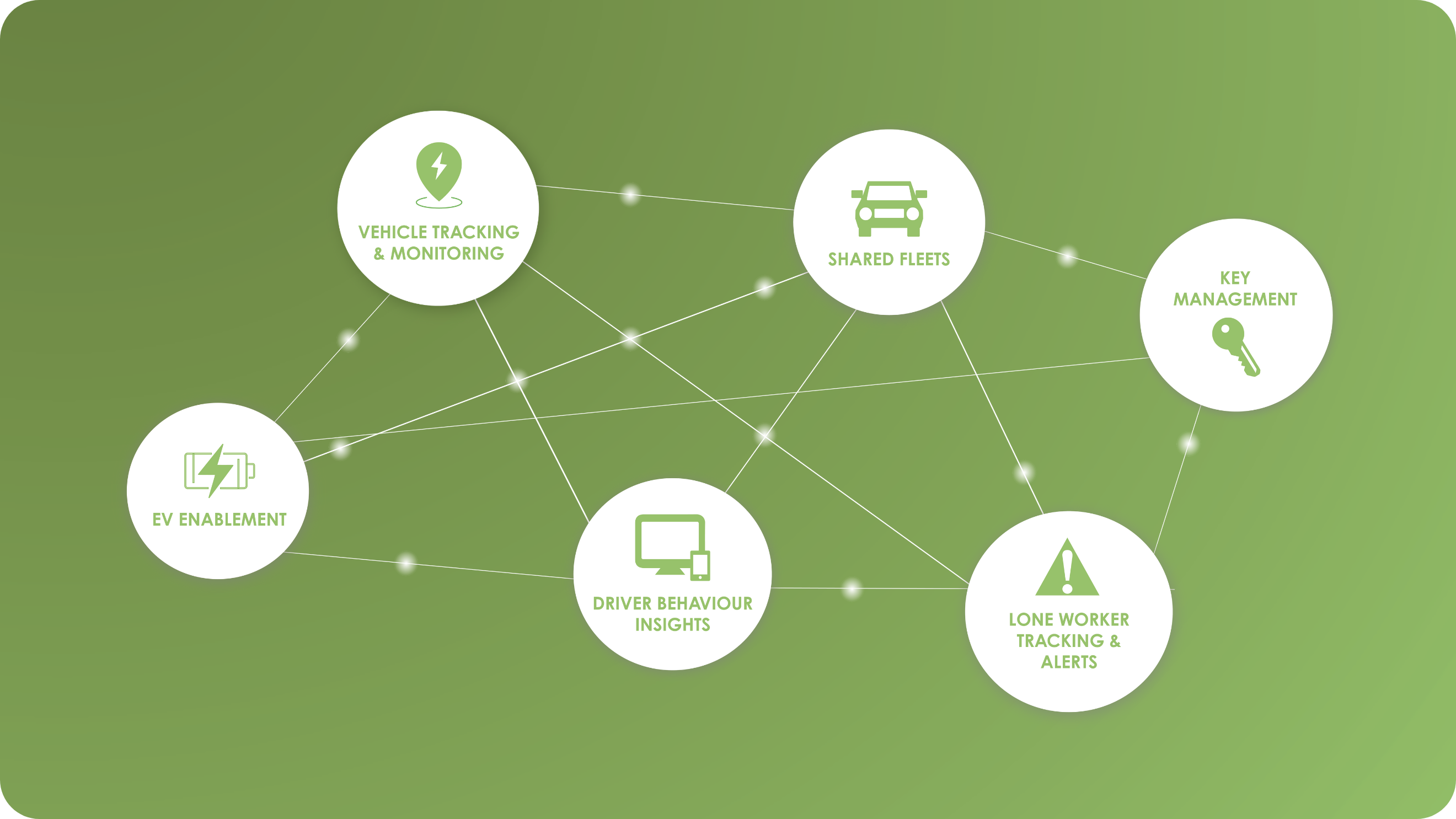Motorists using southern Queensland’s busy Pacific Motorway (M1) between Varsity Lakes and Tugun will soon have access to improved traffic information provided by smart motorway technologies in real time.
Technology – including vehicle detection equipment that measures traffic flow and speed and additional CCTV cameras – will be used to provide motorists with relevant information regarding traffic conditions associated with the M1 and the surrounding transport network.
In addition, a range of smart signalling equipment – including ramp signal metering, variable speed limit signs and variable messaging signs – will be installed.
Queensland’s Department of Transport and Main Roads says the use of smart motorway technology along the M1 will result in better management of traffic entering the motorway at congestion points, safer merging conditions for motorists, and a reduction in ‘stop-start’ travel, which will help improve travel-time reliability.
“This technology will provide proactive, real-time management of the motorways to reduce congestion, maximise capacity, respond quickly to incidents and make journeys safer and more reliable,” says Neil Scales, Director-General of Queensland’s Department of Transport and Main Roads.
The installation of smart motorway technologies forms part of a $1 billion upgrade to the M1 between Varsity Lakes and Tugun on the Gold Coast, which is being equally funded by the State and Federal governments. The improvements are being delivered in three packages.
Delivery of Package A – a 2km section between Varsity Lakes and Burleigh – commenced in May 2020. In addition to the smart tech upgrades, this package includes widening the M1 to a minimum of three lanes in both directions, installing a new shared bike and pedestrian path on the western side of the motorway and replacing the existing concrete road surface with stone mastic asphalt for a quieter and more easily maintained motorway.
It’s estimated that all three packages will be delivered by the end of 2022, weather permitting.
In Queensland, technologies similar to those being installed on the M1 are already being used on more than a dozen motorways. Meanwhile, smart technologies are becoming increasingly common elsewhere in Australia.
In 2018, Victoria switched on its Managed Motorways network in an effort to reduce traffic congestion around Melbourne. The initiative gathers real-time data from sections of the Tullamarine Freeway, Monash Freeway and M80 Ring Road totalling more than 150 kilometres.
In a first for the state, the NSW Government recently invested $470 million in smart technologies for a 35km stretch of the M4 between Western Sydney and the Blue Mountains.














